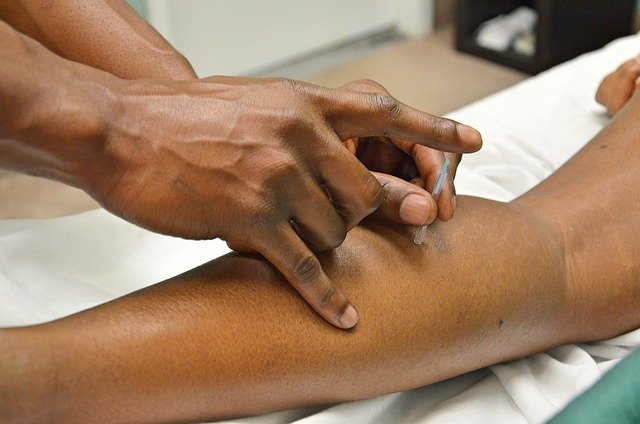Recognizing the Early Signs of Squamous Cell Carcinoma
Squamous cell carcinoma (SCC) is a common form of skin cancer that develops in the squamous cells of the skin's outer layer. Early detection is crucial for successful treatment and improved outcomes. This article will explore the key indicators, risk factors, and diagnostic approaches for squamous cell carcinoma, helping you understand when to seek medical attention.

What is squamous cell carcinoma and how does it develop?
Squamous cell carcinoma is a type of skin cancer that originates in the flat, thin cells called squamous cells, which make up the outermost layer of the skin. It typically develops on areas of the body that receive frequent sun exposure, such as the face, ears, neck, and hands. SCC occurs when DNA damage from UV radiation or other factors causes the squamous cells to grow and divide uncontrollably, forming a cancerous tumor.
What are the visible signs of squamous cell carcinoma?
Recognizing the early signs of squamous cell carcinoma is crucial for prompt diagnosis and treatment. Some common visible indicators include:
-
A firm, red nodule or bump on the skin
-
A flat lesion with a scaly, crusted surface
-
A new sore or raised area on an old scar or ulcer
-
A rough, scaly patch on the lip that may evolve into an open sore
-
A red, raised patch or irritated area on the genitals
These signs may persist and grow over time, often bleeding easily when scraped or bumped.
Which risk factors contribute to squamous cell carcinoma?
Understanding the risk factors for squamous cell carcinoma can help individuals take preventive measures and stay vigilant. Key risk factors include:
-
Prolonged sun exposure or use of tanning beds
-
Fair skin, light hair, and light eyes
-
History of sunburns, especially during childhood
-
Weakened immune system due to medical conditions or medications
-
Exposure to radiation or certain chemicals
-
Chronic skin inflammation or injury
-
Advanced age (risk increases with age)
-
Personal or family history of skin cancer
How is squamous cell carcinoma diagnosed?
If you notice suspicious changes in your skin, it’s essential to consult a dermatologist for proper diagnosis. The diagnostic process typically involves:
-
Physical examination: The doctor will visually inspect the suspicious area and may use a dermatoscope for a closer look.
-
Skin biopsy: A small sample of tissue is removed and examined under a microscope to confirm the diagnosis.
-
Imaging tests: In some cases, CT scans or MRIs may be ordered to determine if the cancer has spread.
Early diagnosis is crucial for successful treatment and preventing the spread of cancer to other parts of the body.
What treatment options are available for squamous cell carcinoma?
Treatment for squamous cell carcinoma depends on various factors, including the size, location, and stage of the cancer. Common treatment options include:
-
Surgical excision: The cancerous tissue and a margin of healthy skin are removed.
-
Mohs surgery: A specialized technique that removes the cancer layer by layer, preserving as much healthy tissue as possible.
-
Curettage and electrodesiccation: The tumor is scraped away, and the area is treated with an electric needle to destroy remaining cancer cells.
-
Radiation therapy: High-energy beams are used to kill cancer cells, particularly in areas difficult to treat surgically.
-
Topical medications: For superficial SCCs, creams or ointments containing anti-cancer agents may be prescribed.
-
Photodynamic therapy: A light-sensitive drug is applied to the skin and activated with a special light to destroy cancer cells.
How can you prevent squamous cell carcinoma?
While not all cases of squamous cell carcinoma can be prevented, there are several steps you can take to reduce your risk:
-
Use broad-spectrum sunscreen with an SPF of at least 30 daily
-
Wear protective clothing, including wide-brimmed hats and sunglasses
-
Avoid tanning beds and sun exposure during peak hours (10 am to 4 pm)
-
Perform regular self-examinations of your skin
-
Schedule annual skin check-ups with a dermatologist
-
Quit smoking and limit alcohol consumption
-
Maintain a healthy diet rich in antioxidants
-
Protect your lips with SPF lip balm
By being aware of the early signs of squamous cell carcinoma and taking preventive measures, you can significantly reduce your risk and catch any potential issues early. Remember, when in doubt about any skin changes, it’s always best to consult a healthcare professional for proper evaluation and guidance.
This article is for informational purposes only and should not be considered medical advice. Please consult a qualified healthcare professional for personalized guidance and treatment.




